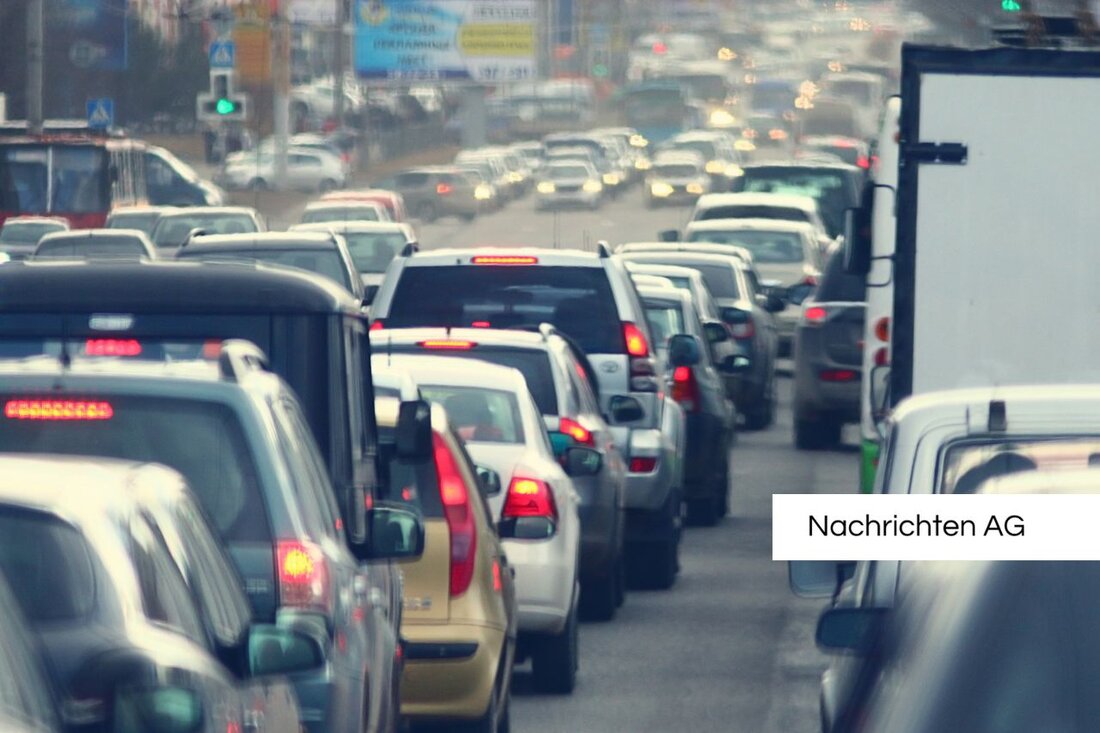Vienna increases flood protection: military walls increased for the future!
Vienna plans flood protection measures after the devastating floods of 2024. New military walls should offer protection.

Vienna increases flood protection: military walls increased for the future!
After the devastating flood event in autumn 2024, the City of Vienna decided extensive measures to protect flood protection at the Vienna River. In order to secure themselves against a potential five thousand years of flooding, the defensive walls are increased by one meter. According to the realization, this decision was made that the previous infrastructure in the Auhof flood system, which was built between 1895 and 1899, reached its limits. However, experts warn that despite these measures, no absolute flood security can be guaranteed, in particular due to the increasing intensity of regeners, which are reinforced by climate change. [Kleine Zeitung] (https://www.kleinezeitung.at/service/newsticker/chronik/20082708/wien-baut-hochwater protection-am-wienfluss-aus) reports that the Vienna river could have flood the subway network in the long term, which illustrates the need for further protective measures.
The flood protection systems worked largely passively or automated, which made it impossible to intervene manual. The retention basins in Auhof had to be completely filled within just two hours. This led to a maximum flow of 440,000 liters per second on September 15, 2025, just below the capacity limit. Under normal conditions, this value is between 200 and 500 liters per second. The simultaneous flood in Vienna and the Danube also caused a backlog to the Danube Canal.
Extended protective measures for the population
In 2026, a new wall for protection against floods will be built to relieve the residents in Ludwiggasse. The idea of a permanent lowering of the Wienerwaldsee is discussed, but as a secondary measure for Vienna's protection. At the time of the flood, the Wienerwaldsee was already lowered by three meters for embankment renovations. Thus, the retention volume was used up within 20 minutes, which is an additional infrastructural challenge.
The functioning of the flood protection system in Auhof has often been misunderstood in the past. Rumors about problems were refuted because the first weir remained closed during the flood to smooth the flood wave. Despite these challenges, those responsible are confident that the new measures will significantly increase Vienna's resilience compared to future flood events.
Climate change as a driving force
In addition to local measures, climate change is a decisive factor that exacerbates the flood events. A study by the EU-funded research group Climameter proves that the current situation would have been less serious without the influences of climate change. Unusually warm seas have contributed to moisture intake by low pressure areas, which led to the extreme rains. ZDF today forecast that rainy amounts of up to 350 liters per square meter are expected in Central Europe in the coming days.
In Germany, a second “century flood” is expected for the summer of 2024. The increasing emissions of fossil fuels contribute to increased precipitation events. A frightening number of 19 fatalities due to floods in Central and Eastern Europe underlines the urgency of adaptation measures, while over 400,000 people in Germany are expected to affect floods in the coming decade. The increase in such extreme weather conditions and the need to improve flood pre -sores strategies are clear signs of a challenging future.

 Suche
Suche
